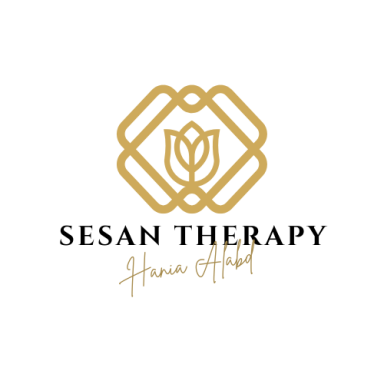The Rooster Dress
My Earliest Fashion Memory
It’s amazing how many of us can recall, with startling detail, the outfits we wore during our earliest memories. Before we can even articulate complex thoughts, we seem to register the texture of our clothes, the colours that make us feel safe or excited, and the way an outfit could make us feel instantly “special.”
My earliest fashion memory takes me back to my seventh birthday. I was beyond excited, not just because I was finally turning seven (a “big kid,” as I saw it then), but also because of the outfit I had carefully chosen or, more likely, begged my parents to get for me.
It was a white dress with a beautiful red collar. But what really stood out was the colourful rooster embroidered on the skirt. I remember the soft white satin fabric and how it rustled when I twirled around, making me feel like a princess. This was no ordinary outfit, one that made me feel uniquely me.
Sensory Details That Shape Us
I remember running my hand over my dress, tracing the embroidered rooster. It struck my imagination in a way that’s hard to describe as an adult, but it was immensely significant to my seven-year-old self.
Even as a therapist today, I’m fascinated by the lasting emotional impact of these early encounters with clothing. Every time I guide my clients through recalling their earliest childhood memories, it’s remarkable how consistently clothing details surface as key pieces of the story, both their own and others. Such descriptions inevitably lead us to deeper insights into the emotional significance of clothes that have been woven into our earliest experiences.
Clothing as a Symbol of Identity
I distinctly remember thinking, “I feel beautiful in this dress.” It wasn’t about meeting any beauty standards or impressing anyone else; it was a deep, personal sense of self-confidence, the kind of feeling that sometimes becomes harder to access as we grow older.
Fashion psychology explains how clothes can become an extension of our identity, reflecting deeper emotional states or desires. For kids, choosing to wear a particular outfit every single day becomes a way of testing their emerging identity. Looking back, it’s easy to see how that dress was more than a garment; it was a symbol of self-expression.
For many of us, those childhood outfits are our first foray into self-expression, an unspoken language that tells us (and the world) how we want to feel. This is one reason I believe fashion can become a powerful therapeutic tool.
Weaving It Into Adulthood
I often see how issues with body image, self-esteem, or self-expression can be traced back to early childhood experiences and trauma. Some adult clients recall a beloved outfit that made them feel safe or confident. Others remember feeling forced into clothes that didn’t reflect their inner self.
These early experiences can shape our ongoing narrative about who we are and how we believe the world sees us. I believe that we can build on the notion that certain garments (past and present) hold rich emotional data that we can explore to unlock deeper self-awareness and healing of our inner child.
So, what about you? Maybe you didn’t have a rooster dress, but was there an outfit that instantly sparks a memory of feeling bold, joyful, sad or comforted? That memory could be a clue to understanding aspects of yourself that were already taking shape at a young age such as your preferences, fears, and self-worth.
